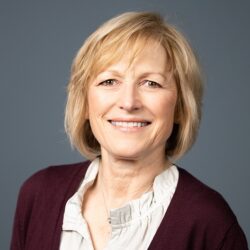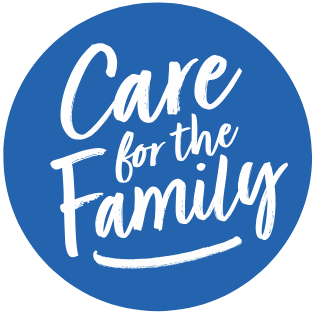When our children were young, the Christmas season seemed to begin earlier and earlier.
Collages of autumn leaves and pockets stuffed with conkers would be replaced by silver stars, cotton-wool snowmen, and the casting of roles for the school nativity play.
In the days ahead, images of roaring fires, sparkling dresses, the latest gadgets and golden roast potatoes will fill our screens, all promising to give us the perfect day. In recent years, the famous John Lewis advert has become an important milestone, which this year brings a refreshingly different message, encouraging us to think of others and particularly those in the care system. But even looking beyond ourselves and meeting the needs of others can, ironically, add fuel to the fire of our busyness. The problem is that Christmas preparations and festivities tend to simply get added to an already stacked schedule. The merry-go-round of sleepless nights, refereeing toddler tantrums, riding the rollercoaster of the teenage years, caring for elderly parents, battling the inbox, and meeting project deadlines doesn’t come to a halt just because it’s December.
Our kitchen calendar bears witness to the busyness of this time of year. Taking my grandchildren to see the Christmas lights, taking my elderly mother to the Christmas market, drinks with neighbours, work parties, carol services, shopping, deadlines for ordering the turkey and buying the sprouts all fill the page. Looking at the packed entries, I found my mind wandering back to two years ago, when Christmas was celebrated in lockdown. I remembered at the beginning of the month turning my calendar over and finding, rather than thirty-one squares jam packed with entries, thirty-one white spaces, and my heart missed a beat. The pandemic brought such loss to many, and at one level, looking at the page there was so much I missed, but equally there was something about that white space that beckoned me. It offered time and space to slow down – an opportunity to step off the treadmill of activity, to pause.
In graphic design, white space is an area without print. In sales, it is the untapped market share. In business, it suggests room to manoeuvre in a crowded playing field. Authors use white space to help the reader process information. And in the context of mental wellbeing, white space represents a moment of calm. Author Juliet Funt refers to white space as ‘… time with no assignment … the open, unscheduled time – long or short, planned or improvised – that is accessed by taking a strategic pause in the activities of life.’ 1
In this festive season, what would it take for us to allow time for a ‘strategic pause’, and mark out some white space in our lives? Can we schedule a moment each day to jump off the treadmill, to pause, to breathe, to be still? It might be a few minutes with a cup of tea first thing in the morning, a moment waiting in the supermarket queue, a snatched time of solitude in the middle of the day, or lighting a candle last thing at night. As we begin that habit, we may find that the worries and anxieties that keep us up at night fade away (even if only for that moment).
And as Christmas Day itself approaches, in those daily rhythms, we might travel in our mind’s eye to Bethlehem, to the baby in the manger whose gift at Christmas was peace to us all.
1. Juliet Funt, A Minute to Think: Reclaim Creativity, Conquer Busyness, and Do Your Best Work (HarperBus, 2021) p2.

About the author
Katharine Hill is UK Director Care for the Family. She is a well-known speaker, broadcaster and author of a number of books. She is married to Richard, and they have four grown-up children and five grandchildren.
Share on social media
Help us support families today
At Care for the Family we support couples, parents and those who have been bereaved. If you would be able to make a one off donation to support our work, we would be very grateful. Thank you.
